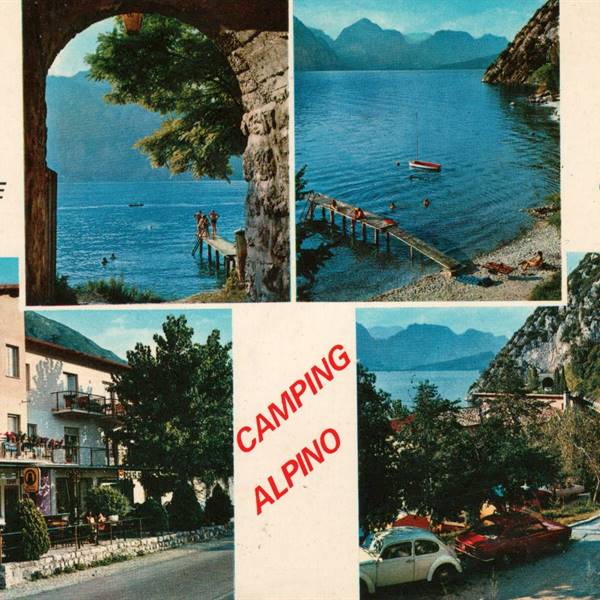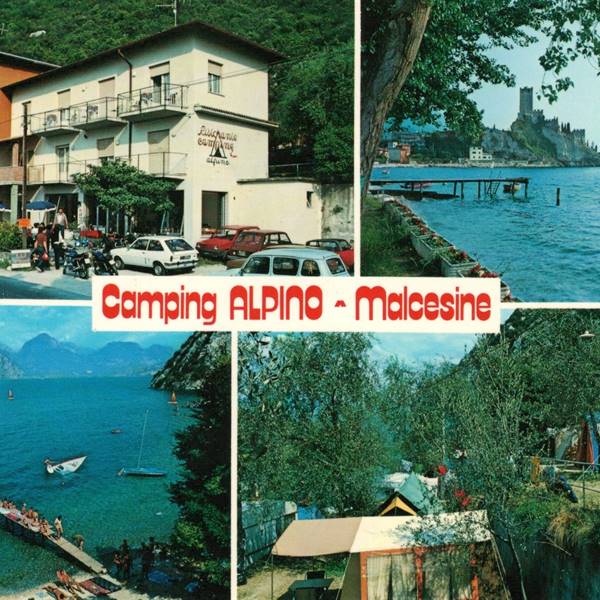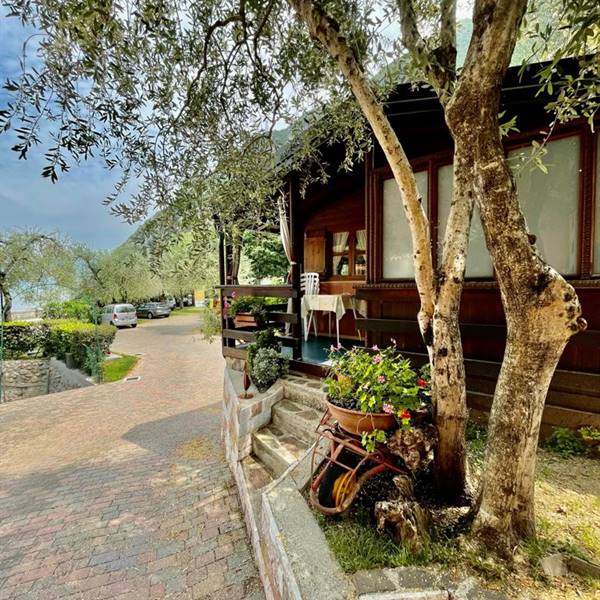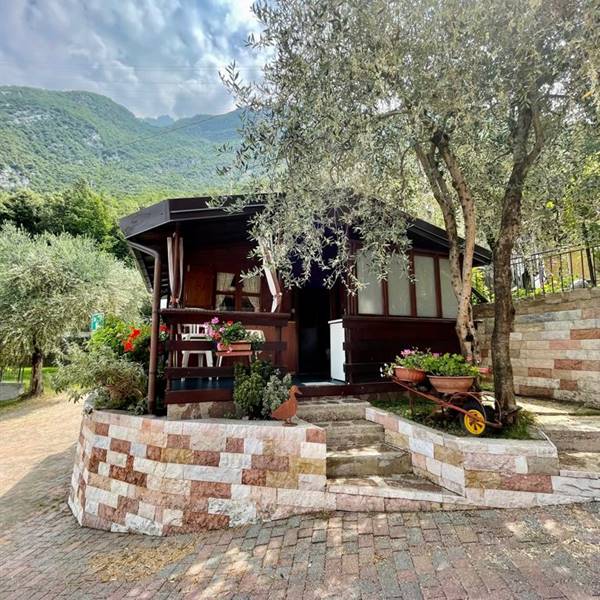BLOG
BaitoneAlpino Suggests: Castelvecchio
Castelvecchio, originally called the Castle of San Martino in Aquaro, is a medieval fortress located in the historic center of Verona, currently home to the civic museum of the same name. It is the most important military monument of the Scaliger dynasty. It was built by Cangrande II della Scala between 1354 and 1356 to provide both an escape route to the north and a defensive base against any revolts the citizens might stage. The building stood on pre-existing foundations dating back to the Roman era and the early Middle Ages. Bordering the Adige River to the north, the castle is divided into two areas: the parade ground with seven towers, including the keep, to the east, and the residential palace and royal palace to the west. The three-arched bridge, which extends from the castle, served as an escape route or access point for aid coming from the Adige Valley, thus preventing the river from becoming an insurmountable barrier. The castle underwent extensive modifications throughout its history, and the reconstruction of its medieval appearance almost completely erased the 18th- and 19th-century works. In particular, the Napoleonic barracks in the Corte d'Armi were converted into a Scaliger-Venetian palace, which never actually existed. The Castelvecchio Art Museum was established in the restored castle rooms, with the exception of those occupied by the Officers' Club, between 1958 and 1964 by Carlo Scarpa, thus becoming one of the city's most important museums. It is divided into approximately thirty rooms and their respective sections: the entrance courtyard houses a medieval lapidary; the ground-floor entrance rooms contain early medieval and Romanesque epigraphs and 14th- and 15th-century Veronese sculptures; the rooms of the Reggia feature detached frescoes, medieval and early Renaissance paintings, 14th-century sculptures and jewelry (including works by Pisanello, Bellini, Carpaccio, Mantegna, and Rubens); The keep houses the hall of ancient weapons; the upper level of the Napoleonic wing features large-scale paintings by Veronese and Venetian artists from the 16th to 18th centuries (including Tintoretto and Paolo Veronese); and the last room is dedicated to works by 18th-century artists (including Giambattista Tiepolo). At a particularly important point along the route, the equestrian statue of Cangrande della Scala, a 14th-century work that was removed from its original location near the Scaliger Tombs for better preservation, stands on a raised support.






